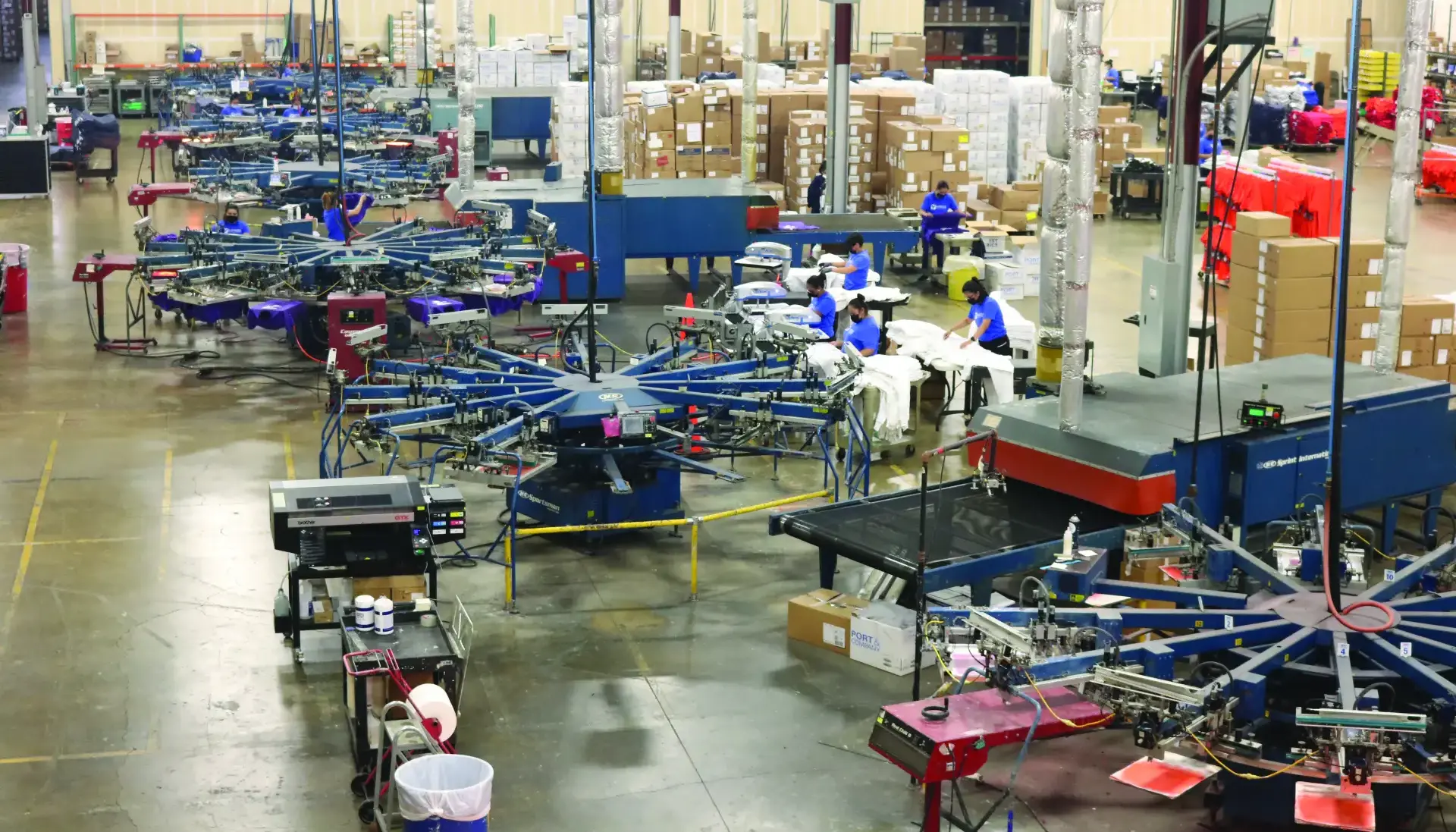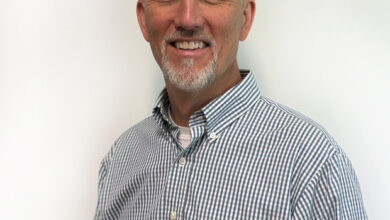Mendez Printing wanted to print more garments and to save time still using DTG, but that took an upgrade. The company updated its Kornit Storm II, purchased in 2018, into a Storm HD6 two years later.
“We upgraded the print head for a higher resolution print and to be more efficient,” says Milton Mendez, co-owner of Mendez Printing. “It still has one giant print head. The actual dot is a lot sharper, you get better quality out of it, and you save on ink consumption.”
Mendez originally purchased the Kornit, a high-resolution digital printer, when he had a 3,500-shirt order following an order of 105 tester shirts from the same customer. The equipment allowed him to provide complete fulfillment of small- and large-quantity POD wholesale orders.
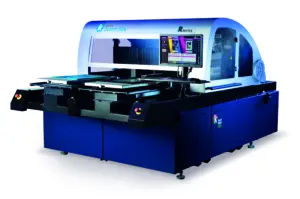
Kornit Digital)
Previously, he used a tabletop printer for one-off and small orders that operated at a slower speed and required pretreatment and pallets to be removed to pass each shirt through. The 105-shirt order took a week, and when Mendez learned about the Kornit, he made the $350,000 investment to be able to start taking larger orders.
The Kornit Storm HD6 has two pallets, allowing for two shirts to be printed at once. A blank shirt is placed on the pallet and a water-based fixation is sprayed onto the shirt wet, and since the process is wet-on-wet, printing immediately initiates.
“You start printing right away. You don’t have to dry that part,” Mendez says. “That’s important because with other DTG machines, you have to wait until that fixation dries.” Depending on the machine, drying with a heat press takes a few seconds and with a conveyor belt a few minutes.
“It’s just another step that takes time and money,” Mendez said.
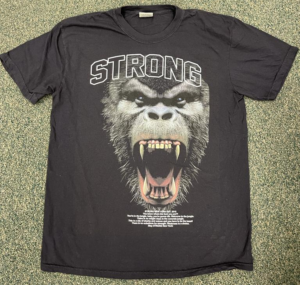
Mendez Printing uses the Kornit primarily for T-shirts, hoodies, zip-up fleeces and onesies — the printer does particularly well on 100% cotton, especially ringspun.
The company is able to print 10 to 15 percent more garments because of the upgrade and to save on ink. On the expenses side, the company had to hire and train an operator and to pay a higher gas bill to operate the dryer, as well as a monthly service fee.
“That’s pretty hefty, but they do a good job with that,” Mendez said. “It’s amazing. We’re the only guy in town with it. Screen printing has lots of competition.”
Other companies are making upgrades, like Sandlot Sports, which started bringing in more apparel decorating jobs than it could handle with its existing equipment.
Going automatic
The Saginaw, Mich.-based company purchased a used automatic screen-printing press in 2010, selling it and buying a new one a year later, then invested in a new, higher-volume press in 2012. The company is in the middle range of high-volume manufacturing, producing 5,000 to 10,000 pieces a week.
“It had to do with time management. We were bringing in more jobs than we had capacity for,” says Adam McCauley, co-owner of Sandlot Sports, which has\ two other locations in Bay City and Midland, Michigan, and provides screen printing, embroidery, and promotional services for sports and corporate clients. “If it’s one busy week, it’s a different story. Working around the clock to get jobs out the door, week after week, is not sustainable.”
The automatic press enables Sandlot Sports to easily print 300 garments per hour versus 30 with its manual six-color screen printing press.
“Doing everything manually took so much longer,” McCauley said. “The biggest thing was time. Did we have the jobs that justified spending the money on automatic machines?”
Sandlot Sports uses the manual press for lower quantity printing jobs up to 35 units for garments like T-shirts, crew necks, jackets, and hoodies, since setup time on the automatic machine takes longer. The manual machine is easier to control and can be used for trickier inks and jobs requiring precise placement of the logo or other printed image, McCauley said.
The company’s two automatic presses are designated for the larger jobs and include a six-color, eight-station press and an eight-color, 10-station press. The presses also are preferable for garments requiring lots of
colors, since the stations have automatic flash, which is a drying process between color selections and indexing to the next color. The machines help with consistency with every stroke the same, which is more difficult to achieve manually.
“Having more stations allows for more options to flash in between prints, which can ultimately help the print quality on your garments,” McCauley said. “If it dries, it’s easier to print thin lines or thicker ink.”
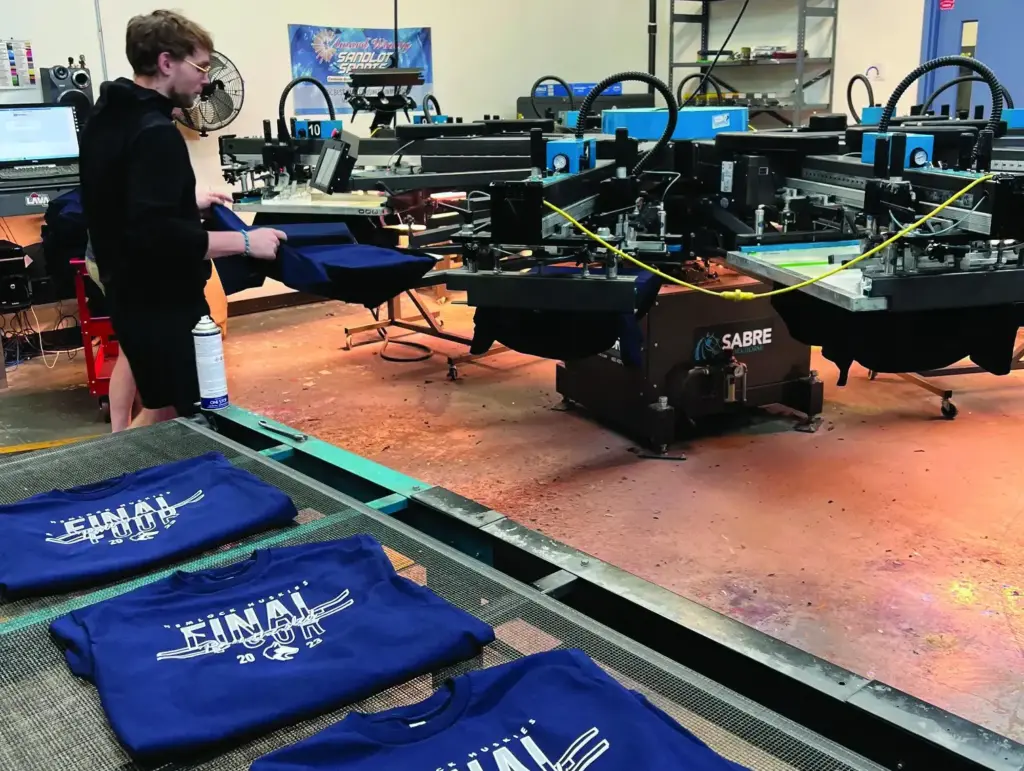
The print heads on an automatic machine operate at the same time, and every stroke prints a new color. Alternatively, on a manual machine, the operator has to print each color then physically rotate the shirt for the next color.
If there is more than one shirt, a color is printed onto the shirt, and it’s moved over so that the next shirt can be printed with that same color or flashed then the screens are switched out for the next color, over and over, until all of the colors are in place.
“Once a shirt comes around to the end of the cycle, it’s completed. You don’t have to spin it around and print it again,” McCauley said. “Once the final product is taken off the press, the shirts are completed.”
Impress Designs, a contract screen print, embroidery, and application decorator in Carrollton, Texas, uses all highspeed automatic screen-printing presses. The company has 10 M&Rs at its facility for its medium- and high-volume work. Most orders are 300 to 500 pieces, but an order in mid-August, for example, was 1.2 million pieces. The orders are for licensed apparel, commercial apparel, and promotional products wholesale.
The company, founded in 1977, added equipment in its pre- and post-press departments to do things like reclaim the screens and auto coat and auto wash them, plus brought in larger dryers to be able to move more garments through the printing process.
“As you grow, there are different things that make the jobs easier and faster to do and cheaper to do,” says Nathan Belz, COO of Impress Designs. Impress Designs took into account several factors before deciding which equipment to purchase to accommodate that growth.
“When you’re going into something with volume, quality is a big thing because you’re using machines eight to 20 hours a day,” Belz said. “It needs to have a lot more rigor than other equipment. It needs to last beyond the quality.”
High-volume embroidery
Sandlot Sports uses Tajima embroidery machines for its embroidered logos and other apparel decorating on shirts, hats, bags, coats, and sweaters, and has two 6-head machines, a 4-head machine, and two single-head machines. The number of heads determines how many shirts can be run through at once, and with more heads, the speed and volume of production can be increased. “It has added value. It looks nicer to have embroidery than screen printing,” McCauley says.
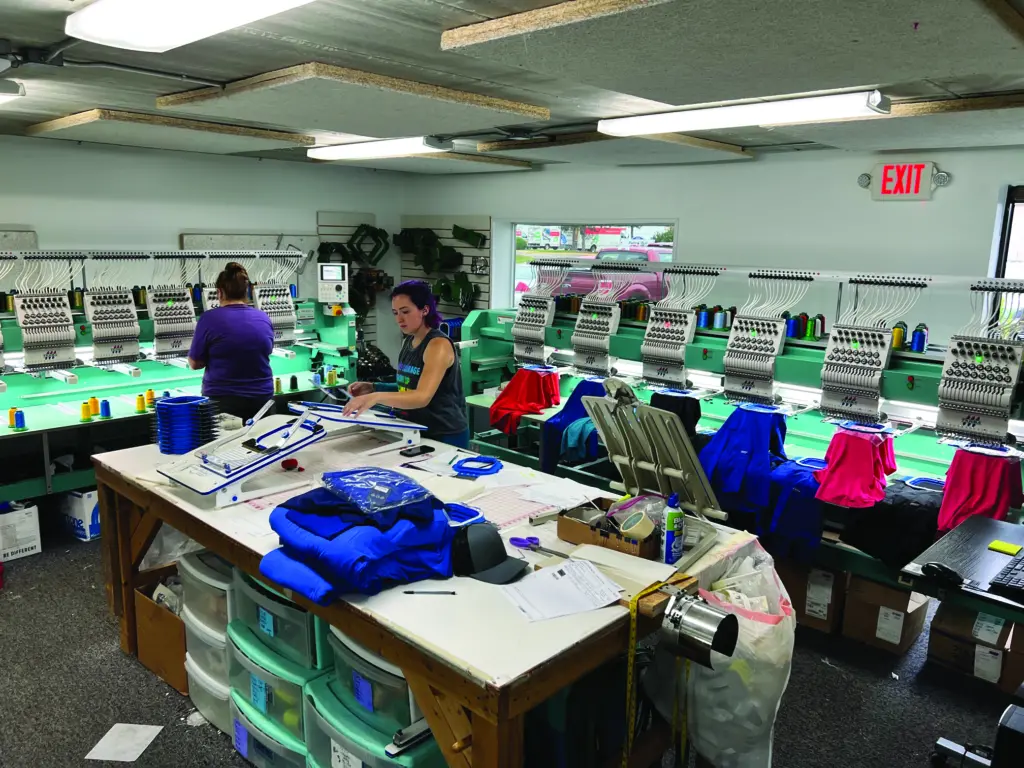
Impress Designs has 62 heads for embroidering with six heads for each piece of equipment, so that operators can operate two machines at once.
“In embroidery, what you’re looking for is better-built equipment because they’re actually similar in the way they operate. They hold up better, and they have better parts from suppliers,” Belz says. “We’re sewing at 20 hours a day, so it needs to last longer and be built better for longer runs. Better equipment will sew better and sew better longer. You can often sew faster with the same quality results as you can on cheaper equipment where you’d have to sew it slower to get the same quality.”

Mendez Printing uses two Barudan embroidery machines for high-volume orders that employ multiple thread colors to sew onto garments like hats and polos.
Upgrade recommendations
To improve efficiency and to be more competitive, Sandlot Sports uses ShopWorks Business Software, a software
management system to handle orders, which are input by customer service reps and scheduled out with production dates, artwork, and activity. “We have product specs and proofs we run through that software,” McCauley says. Find McCauley’s list of factors to consider when looking at upgrades to high-volume equipment at this link.
Belz is sure to check that parts can operate quickly and efficiently and be maintained and repaired. He considers how often repairs will have to be made and how long the repairs will take before the equipment is able to function again.
For any equipment he’s going to finance, he’ll look at residuals. He also will consider the infrastructure for the install, plus operations so that there are spaces and processes for supplies coming in, as well as the raw materials before they hit the printer and are routed back out for delivery.
He’ll take into account setup and installation time, versus with a manual, which can be done quickly. He also has to take into account quality control so that output remains as error-free as possible.
“Especially with screen printing equipment and getting into these things, make sure you have a plan and know how to handle a break,” Belz said. “You can look at strategic growth and decide based on projections of growth, when your ROI will get there.

